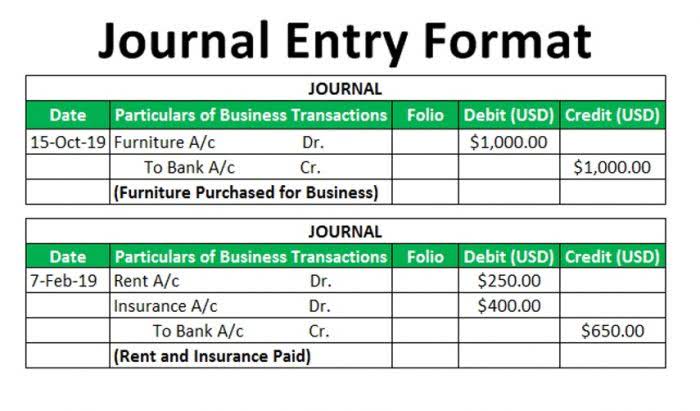
As of 2024, the Social Security tax rate is 6.2% for both employees and employers, up to a wage base limit of $168,600. This means that once an employee’s wages reach this limit, no additional Social Security taxes are withheld for the remainder of the year. The Additional Medicare Tax rate is 0.90% and it applies to the wages, salaries and tips of certain employees and self-employed workers. So any part of your income that exceeds a certain amount gets taxed for Medicare at a total rate of 2.35% (1.45% + 0.90%).
The amount paid in payroll taxes throughout one’s working career is linked to the Social Security benefit that one receives as a retiree or one’s family receives if a covered worker dies. The law requires employers to withhold taxes from employee earnings to fund the Social Security and Medicare programs. Your employer also pays a tax equal to the amount withheld from employee earnings. In the majority of cases, full-time employees, part-time employees and self-employed people must pay FICA taxes, with that revenue supporting federal Social Security and Medicare programs. People whose earnings exceed a certain threshold must pay an extra Medicare tax. Employers pay the same percentage of FICA taxes as their employees, but employers aren’t subject to the additional Medicare tax.
How does FICA impact your Social Security and Medicare benefits in retirement?
Employees are responsible for half of the total tax (7.65%), and employers pick up the other half. But there’s an Additional Medicare Tax that high-income individuals must pay. If you’re self-employed, you are responsible for paying the full 15.3% FICA tax. Because you may not be receiving a traditional paycheck, you may need to file estimated quarterly taxes in lieu of withholdings.

The FICA tax—FICA stands for Federal Insurance Contributions Act—is a federal payroll tax. Money comes out of workers’ paychecks, with the tax funds going to pay for federal Social Security and Medicare programs. To calculate the FICA tax owed by an employee, an employer generally multiplies the worker’s gross income by the Social Security and Medicare tax rates. For example, college students are exempt from paying FICA taxes on the wages they earn from an on-campus job. Exemptions also apply to some nonresident noncitizens, including foreign government employees and teachers. Certain religious groups (like the Amish) may apply for an exemption from FICA taxes by filing IRS Form 4029.
FICA and Withholding: Everything You Need to Know
Your CreditWise score is calculated using the TransUnion® VantageScore® 3.0 model, which is one of many credit scoring models. Your CreditWise score can be a good measure of your overall credit health, but it is not likely to be the same score used by creditors. The availability of the CreditWise tool depends on our ability to obtain your credit history from TransUnion. Some monitoring and alerts may not be available to you if the information you enter at enrollment does not match the information in your credit file at (or you do not have a file at) one or more consumer reporting agencies. A federal law passed in 1935 created the FICA tax to pay for the Social Security program. Nearly every U.S. employee must pay FICA tax, although there are exceptions for some religious groups and for some students working for the same school they attend.

Remember, you’re required to pay Social Security taxes only on earnings up to $147,000. Keep in mind that if you’re self-employed, you’re both employer and employee—so you’re responsible to pay the full 15.3% for fica meaning Medicare and Social Security taxes. However, the law allows you to take a deduction for 50% of the amount on your tax return. The best tax software for the self-employed can help you navigate these issues.
Rates and Limits
Your Social Security and Medicare taxes add up to 7.65% of the money you make. Your employer will match that amount—and provide the government with total FICA taxes representing 15.3% of your earnings. While FICA taxes are automatically taken out of your paycheck as an employee, you’ll need to pay close attention if you change jobs or have more than one. You want to be sure you’re not paying more than you’re required to. And if you’re self-employed, you’ll need to use the IRS worksheets to ensure you’re paying the correct amounts.
- While there may be many acronyms you need to know, FICA is one of the important ones.
- A financial professional will offer guidance based on the information provided and offer a no-obligation call to better understand your situation.
- However, the law allows you to take a deduction for 50% of the amount on your tax return.
- At Finance Strategists, we partner with financial experts to ensure the accuracy of our financial content.
- For income above that, they pay an additional Medicare tax of 0.9%.
Deja una respuesta